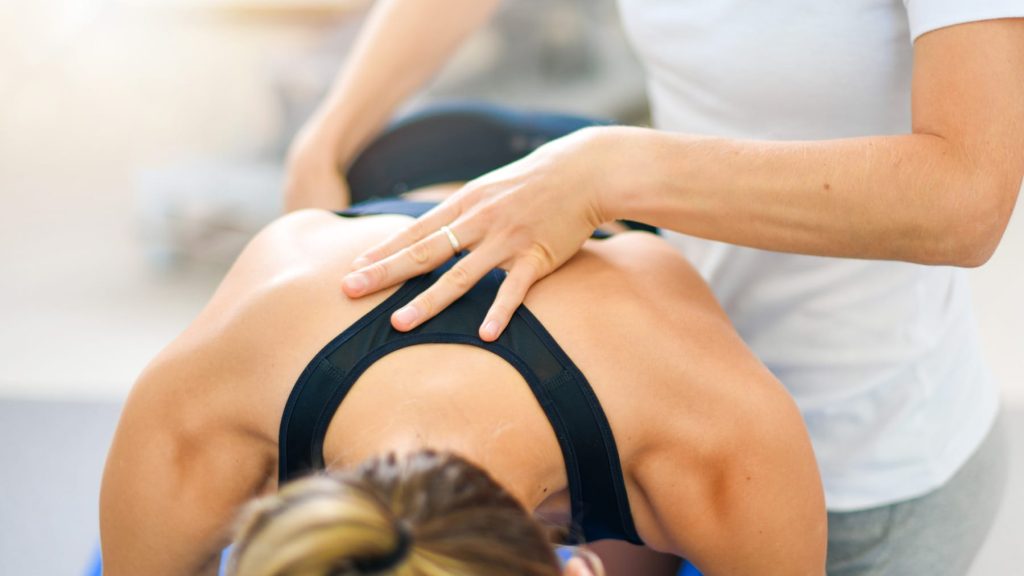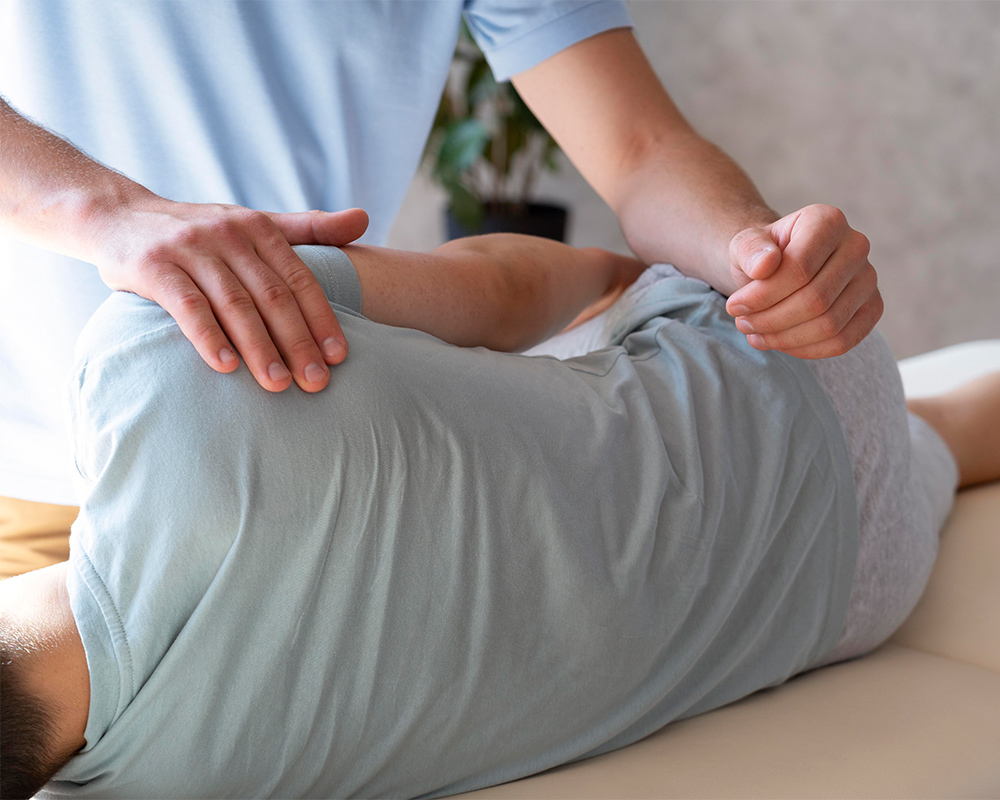Things To Know Before You Get Ear Piercings & Flesh Tunnels

Ear piercings have always been a popular way to express individuality. From subtle lobe studs to creative helix placements, these tiny adornments can reflect style and personality. Many also explore ear stretching and alternative jewellery shapes, including flesh tunnels, as a way to create a unique look. Before taking the step, it is useful to understand how piercings and stretching work so the experience remains healthy and safe.
Proper preparation can make the entire journey smoother. Each person has different skin types, sensitivities, and healing speeds, so learning about aftercare and potential risks helps avoid issues later. Choosing a calm environment and allowing enough time for healing will encourage a more pleasant outcome, especially when stretching gradually rather than rushing the process.
Understanding Ear Piercing Types and Healing
There are several places on the ear where piercings can be done, from the soft lobe area to firmer cartilage positions. Lobe piercings usually heal faster than cartilage, but both require patience. Healing takes time, and discomfort is natural in the first days. A gentle daily cleaning routine and careful handling help prevent irritation.
Cartilage piercings often take longer to settle because the tissue is denser. Sleeping on the pierced side or wearing tight headwear can slow recovery, so planning ahead is wise. Simple changes like using clean pillowcases, keeping hair away from the area, and avoiding unnecessary touching reduce the chance of issues. Everyone heals differently, so paying attention to your body’s signals will guide you.
Preparing for Ear Stretching
If you plan to stretch your lobes in the future, it helps to start with a standard lobe piercing and allow it to fully heal before widening the hole gradually. Stretching too quickly can damage tissue and cause scarring, so slow progress is key. Many people start with a healed lobe and increase sizes slowly over several weeks once the skin feels comfortable.
Warm showers, gentle massage, and good-quality jewellery contribute to a smoother stretch. Never force jewellery if it does not slide in easily, as forcing it can create tiny tears. Patience is important, and skipping sizes or rushing can cause long-term damage. Stretching should feel pressure-based, not painful, so if you notice sharp pain, stop and let the ear rest before trying again later.
Choosing Safe Jewellery Options
Good materials play a big role in comfort and hygiene. Smooth edges, clean surfaces, and well-made shapes help minimise friction and irritation. Materials like high-grade metals or other skin-friendly options are recommended during healing, as certain metals can cause reactions in sensitive ears. Switching jewellery only once the piercing or stretch feels ready helps keep tissue healthy.
For stretched ears, there are many jewellery styles, such as solid plugs or open tunnel styles, so you can switch looks once healed. Light options can be more comfortable during long wear, while slightly heavier options may be reserved for short periods to avoid strain. Always clean jewellery before use, especially after switching styles.
Aftercare and Maintenance
Aftercare is one of the most important parts of piercing and stretching. Keeping the area clean, avoiding harsh products, and letting the ear breathe helps speed up recovery. A gentle saline rinse is often the safest option to maintain cleanliness. Touching the piercing only with clean hands and avoiding twisting or pulling helps prevent irritation.
During stretching, moisturising with a light, safe oil and gently massaging the lobe can improve comfort and elasticity. Sleeping on the opposite side, avoiding tight headwear, and staying mindful of hair products or makeup near the area helps too. Consistency matters more than frequency, so small daily steps go a long way.
Common Mistakes to Avoid
Some habits can slow healing or cause discomfort. Removing jewellery too soon, exposing the area to pools or unclean environments, or changing sizes before the skin feels settled can lead to problems. Patience is better than dealing with discomfort later. Also, avoid extreme stretching sizes until you have experience and your ears respond well to smaller changes.
Listening to your body is vital. A little tenderness is normal, but swelling, sharp pain, or unusual discharge means the ear needs rest or care. Taking breaks between size increases allows the tissue to strengthen and keeps the process comfortable and healthy.
Final Thoughts
Ear piercings and stretching can be a creative and satisfying way to express style. Choosing the right method, allowing enough time, and practising good hygiene help ensure a smooth experience. Whether opting for classic studs or evolving to stylish tunnels, the journey is just as important as the final look. Take care, go slow, stay consistent, and enjoy building a look that reflects your personality and comfort.




